Brew a Better Belgian Pils with Dingemans Malt
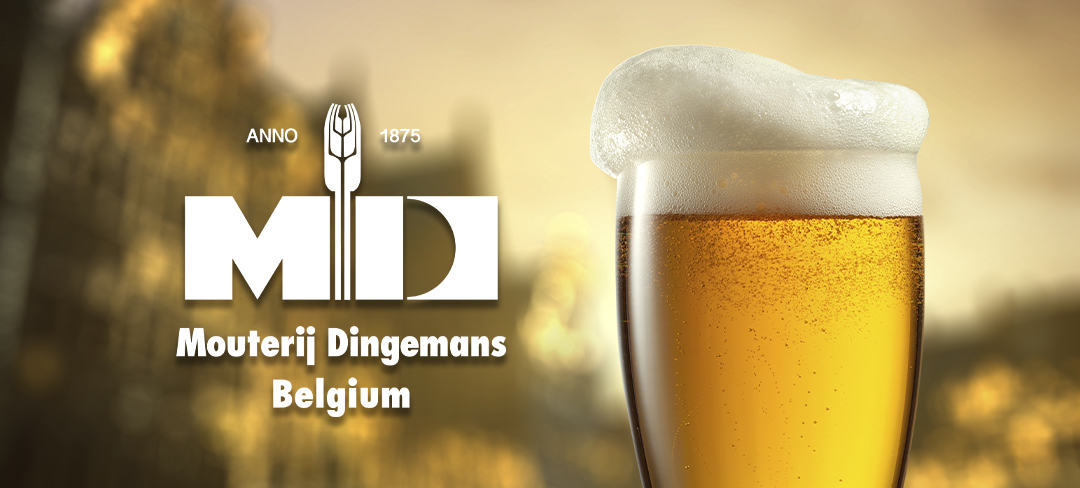
Browse any Belgian beer list and you’re bound to discover a broad range of styles and flavor profiles. From dry and spicy Golden Ales to tart Flanders Reds, the Kingdom of Belgium boasts a brewing tradition renowned the world over. But while Lambics, Oud Bruins, and Trappist Ales steal the spotlight and tantalize tastebuds, the crisp and refreshing Belgian Pils flies just under the radar.
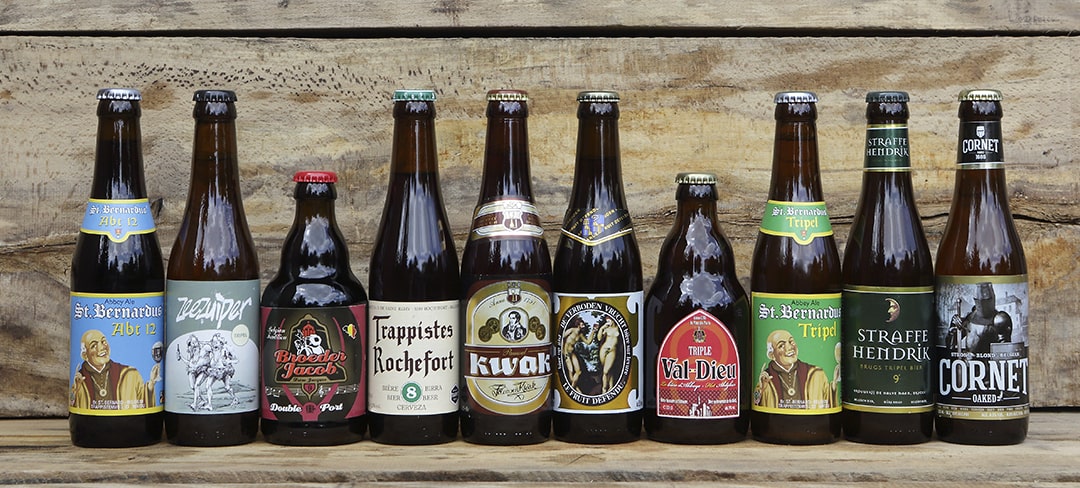
Whether you’re sitting on a sunny patio with a plate of steak-frites or punching the clock after a long day at work, a pale, low-ABV lager marked by mild malty sweetness and floral hops is hard to beat. This was true in 1842 Bohemia when Josef Groll brewed the original clean-finishing Czech Pils with Saaz hops, and it was indisputable fact when fanatical German brewers farther north introduced aromatic Noble hops and adapted the style to suit their region’s water chemistry. And what about the Italian Pils? Perhaps you are familiar with this phenomenon.
As modern brewers look to Pils to pay the bills, we dig into the flavors, aromas, and ingredients that set the Belgian variety apart. Pop a “pintje” and scroll on.
View this post on Instagram
Belgian Pils History and Profile
Known for wrangling funky yeast strains and toiling in small farmhouse breweries configured for cranking out ales, Belgian brewers came to the Pilsner style from a slightly different direction. Tasked with fighting off competition from Bavarian brewers throughout the 19th and 20th centuries, Belgian beverage producers eventually arrived at their own distinct version of the Pilsner style – one that favors robust golden malts, peppery Saaz hops, and a trace of minerality from hard water.
Mass-market examples of the Belgian Pils style often employ corn in the grist, boosting sweetness, and fermentation profiles across the style vary from three weeks to six. Yeast expression is also encouraged; to that end, using a wider fermentation vessel with more headspace is common. Kräusening is also acceptable for those who wish to achieve natural carbonation. Some brewers filter and pasteurize, others do not. The freedom is delicious, is it not?
A typical Belgian Pils presents a light body and a dry, highly attenuated finish. IBU values can run anywhere from 25-35 or higher, and the ABV range sits tight between 5.0 and 5.2%. Effervescent, grainy, and great with food, Belgians typically drink their Pils 9 oz. at a time from a glass that comes with a pleated skirt (called a ribbeke).
View this post on Instagram
Belgian Pilsners You May Know and Love
- Verhaeghe Pils
- Bavik Super Pils
- Brasserie Dupont Rédor Pils
- Brasserie da la Senne Zenne Pil
- Moortgat Bel Pil
- Upright Brewin
- Halfway Crook
- Fait La Force Nefarious Fellow
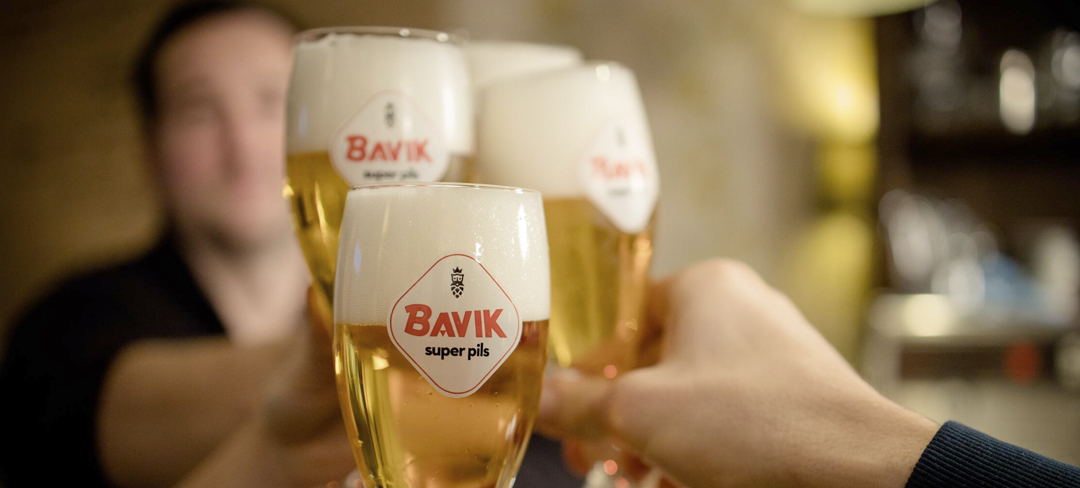
- Image credit: Brewery De Brabandere in Bavikhove, Belgium
Ingredients to Consider
Malt – Dingeman’s Pilsen Malt is made from Europe’s finest two-row barley. Light in color and low in protein, it’s a well-modified malt with high enzymatic properties. Mild and malty with characteristic crispness, it’s a versatile Belgian base built for any style, and it can be used in up to 100% of the grain bill. Care to learn more about the fifth-generation family owners at Dingeman’s? Pour a fresh one and click here. And if you feel like including Torrefied Flaked Maize in your grist, Crisp has you covered.
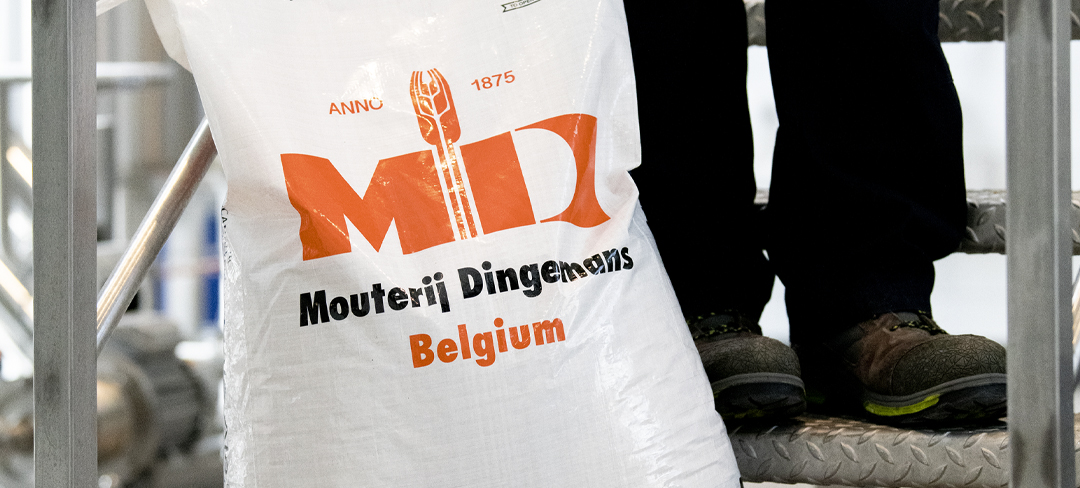
Hops – As with the Czech variant, a Belgian Pils calls for the quintessential Noble hop Saaz. Described as mild, slightly spicy, herbal, and earthy, Saaz hops provide balanced bitterness in the face of malty sweetness. For just a trace of a German accent in your Belgian Pils, you might consider hopping with Hallertau or Tettnang varieties from our friends at HVG.
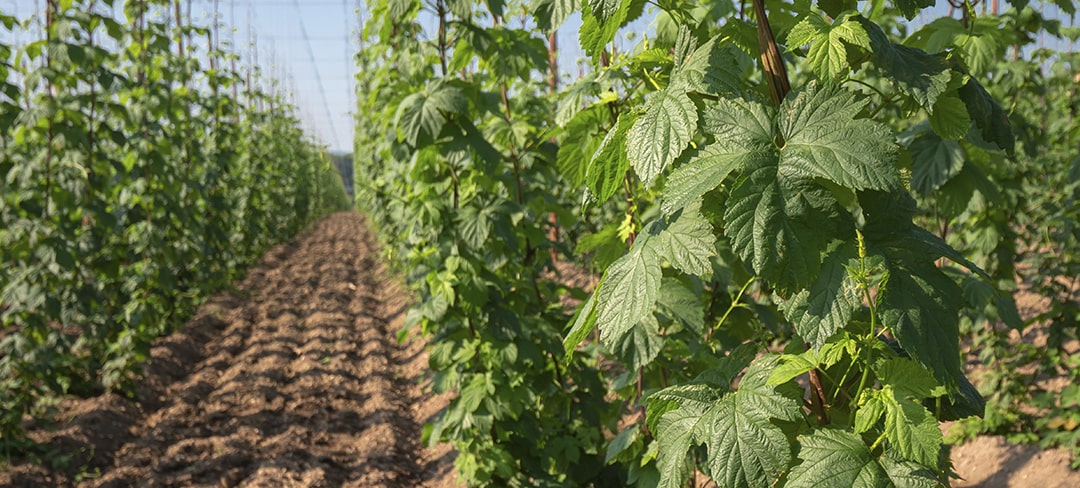
Yeast – A classic and elegant lager yeast such as Fermentis SafLager™ S189 promises to play off the floral Saaz hops perfectly. Should you wish to explore fruitier environs with abundant esters produced during fermentation, consider Fermentis SafLager™ S-23 or SafLager™ E‑30. And if you can’t make up your mind at all, SafLager™ W-34/70 safely straddles the territory between fruity and floral while finishing clean and drinkable.
Sources and Additional Reading